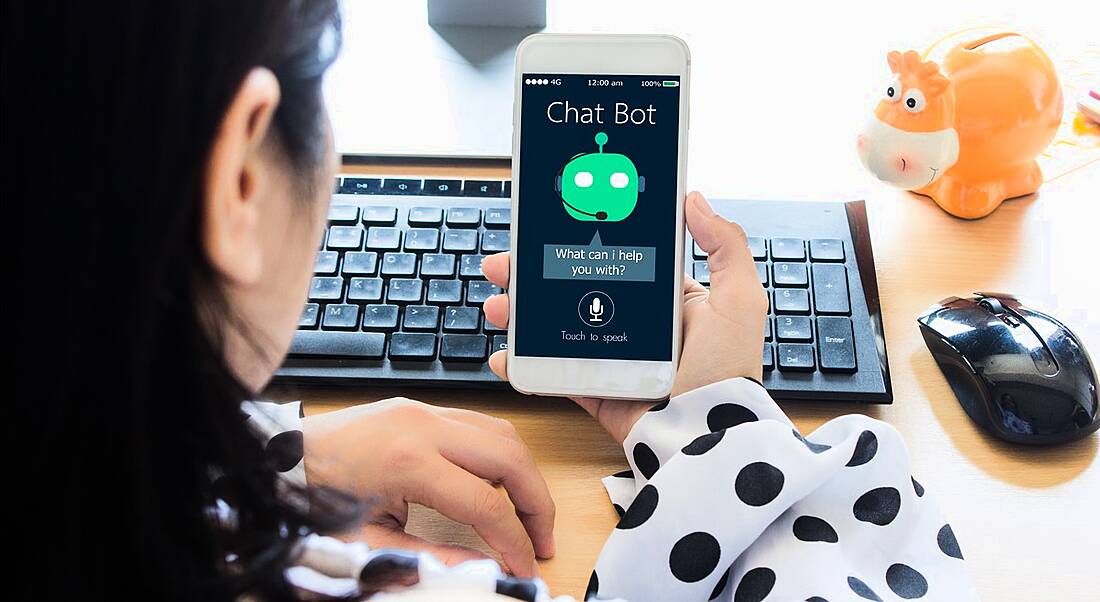As technology becomes more integral to working life, the popularity of chatbots is on the rise. Here, Gillian Armstrong, technologist at Liberty IT, talks about building a chatbot platform.
I once had a colleague who, instead of looking things up, would just ask me. Annoyed at being asked for the same information several times, I asked why he didn’t just take a note of it, only to be told, “It’s just easier to ask you”.
That’s the theory behind chatbots – that it’s easier to ask than to look it up or do it yourself. You don’t have to work out how to navigate to the right section of an unfamiliar website, or work out the right command to input into an application. You just ask in a normal, human-like way what you need to know and, rather than you having to understand the computer, it understands you.
The development team I am part of at Liberty IT is currently creating a chatbot for employees within our organisation. We believe this can change how our employees do their jobs, making them more productive and lowering the frustration of having to jump from system to system through the day.
There are two classes of chatbots. The first is designed to complete a specific task – probably via text entry – such as ordering a pizza or opening a help-desk ticket. These usually work very well and may very carefully guide you, using buttons or prompts.
The second is designed to be a digital assistant, often using voice input, and is designed to be able to complete a wide range of tasks.
These, of course, aren’t something brand new. You probably already have a few voice-command enabled things around your house, though you may have mixed success with them understanding or doing what you want. We usually call them family members!
The language barrier
Okay, so I’m teasing, but it’s a serious point. Natural language processing is at a pretty advanced point and improving every day, but natural language understanding is a harder nut to crack. Language is imprecise, and tone and context can completely change the meaning of the same words. It takes a human years to learn, and many still seem to struggle with it.
This is the challenge that my team is facing, as we are trying to create the second type of chatbot. All of us are experienced developers with a range of skills. All of us can converse (some of us too much). And yet imagining everything someone might want to ask, and all the ways they might want to ask it, and determining that they want one thing rather than another has proven to be challenging.
The more functionality we add, the more challenging it becomes. Things that are well understood in a web interface – such as authentication or error handling – become very different in this new conversational interface. We know that we can improve employees’ lives today using this technology, but the day of being able to ask whatever you want in whatever way you like is not here yet.
Someday soon, computers may be able to do this to an acceptable level but, for today, if you don’t want to look it up yourself, you’ll have to find a colleague to torment with all your additional questions.
Gillian Armstrong is a technologist at Liberty IT. She dabbles in the full stack, but lives where technology meets humans in the user interface and experience. At the moment, she is having much more fun than you should have at work, building out a chat platform, delving into the details of conversational user experience, and learning about the impact of cognitive technology on how we think and work.




